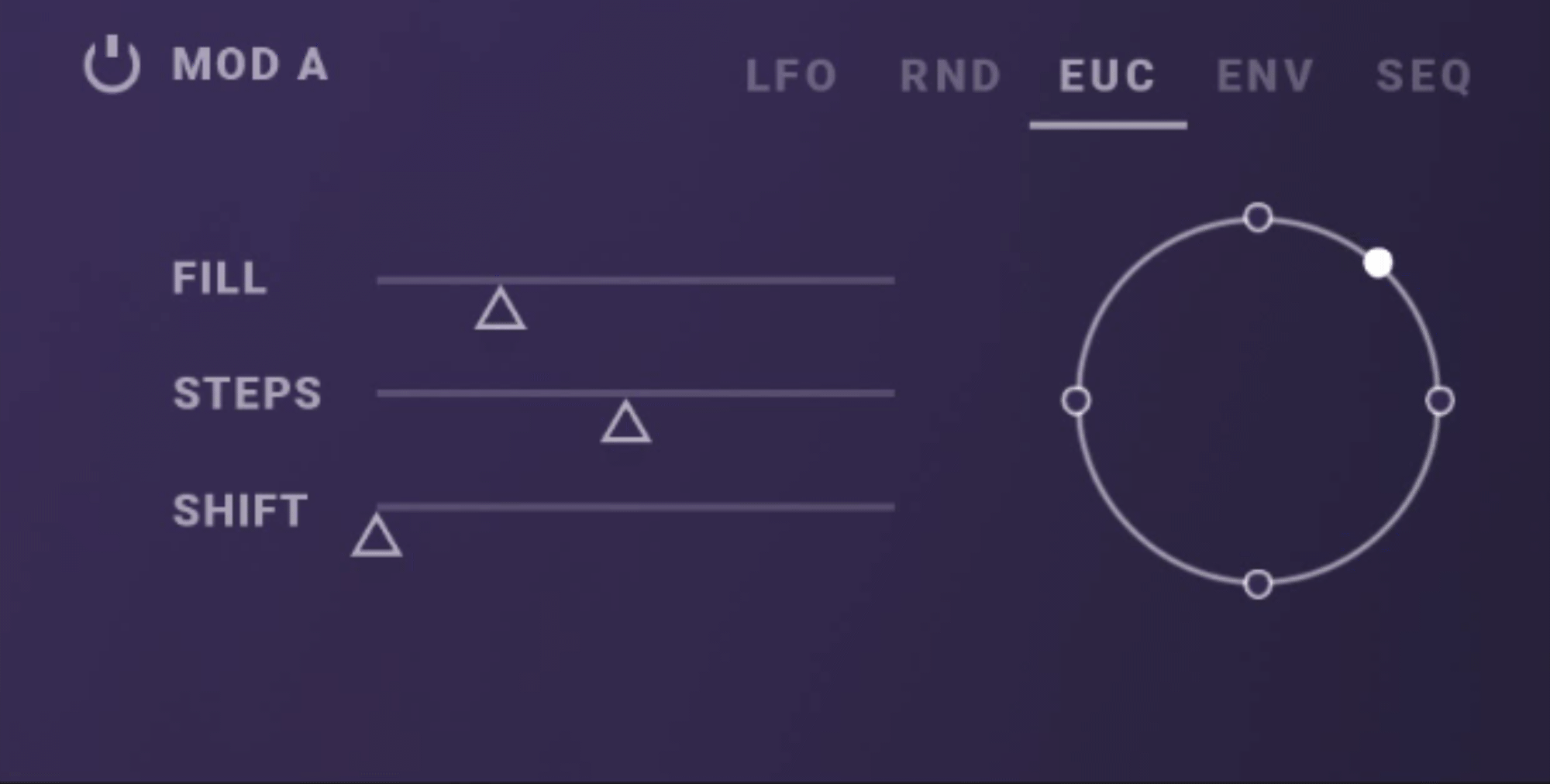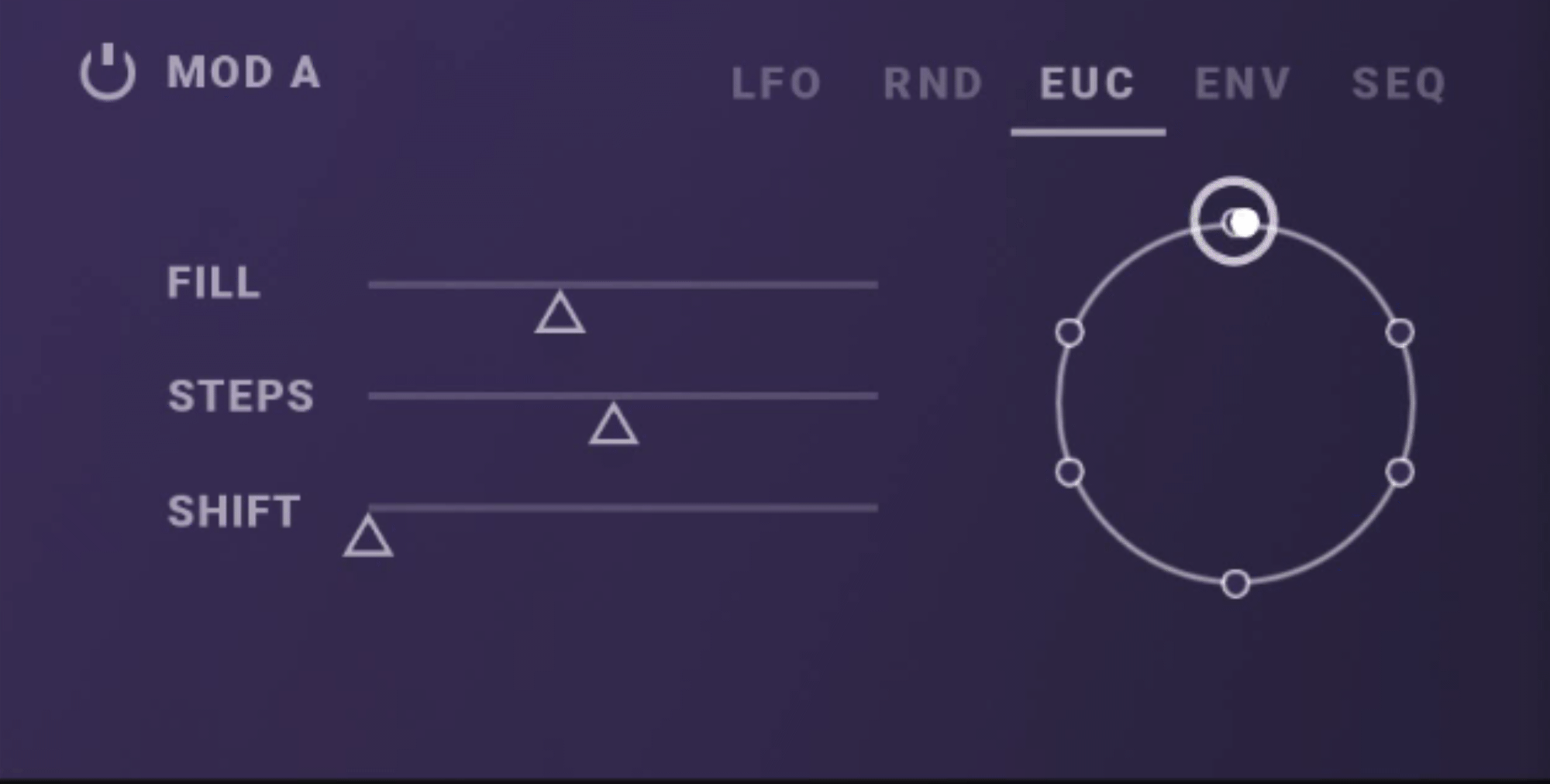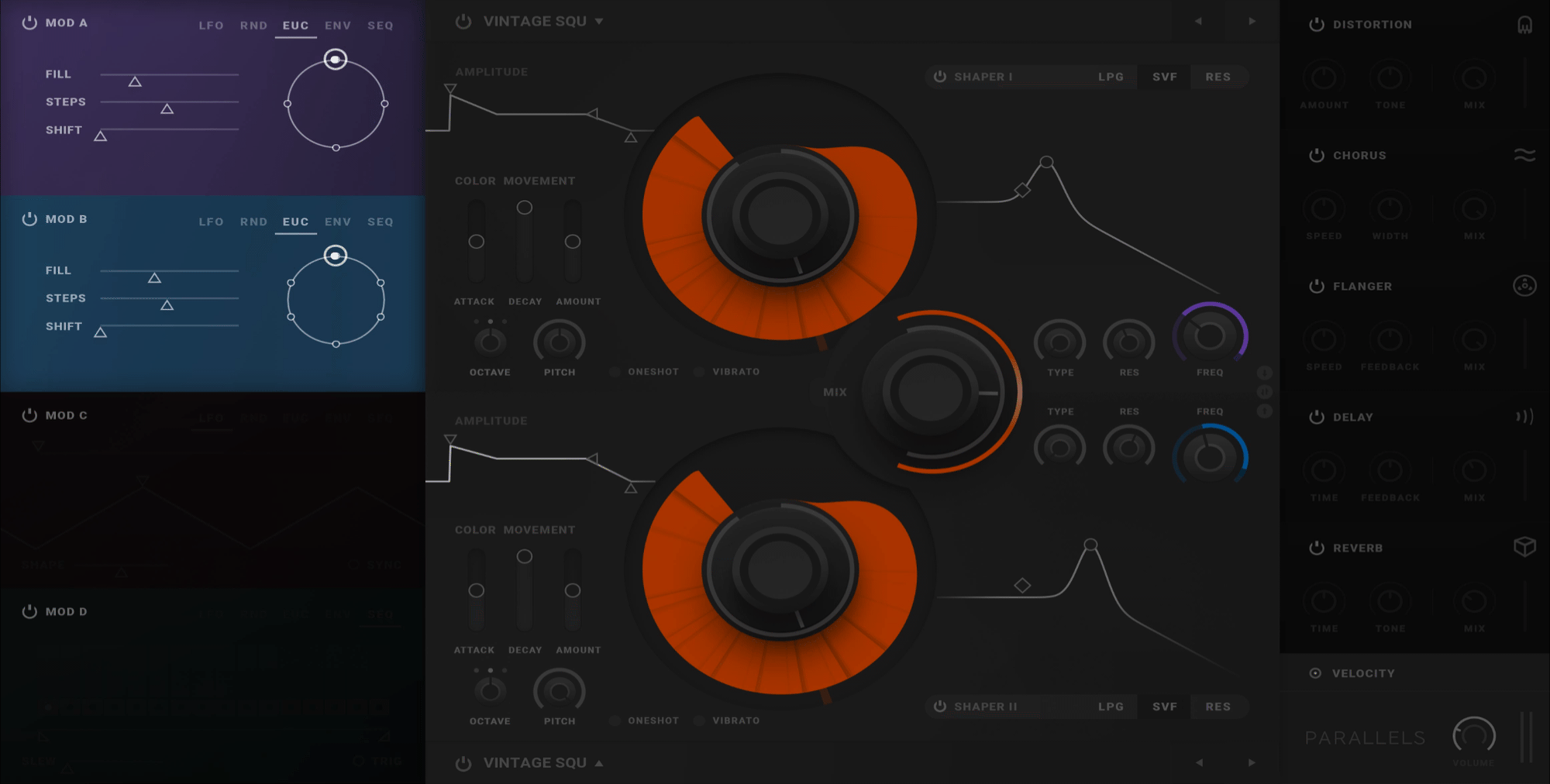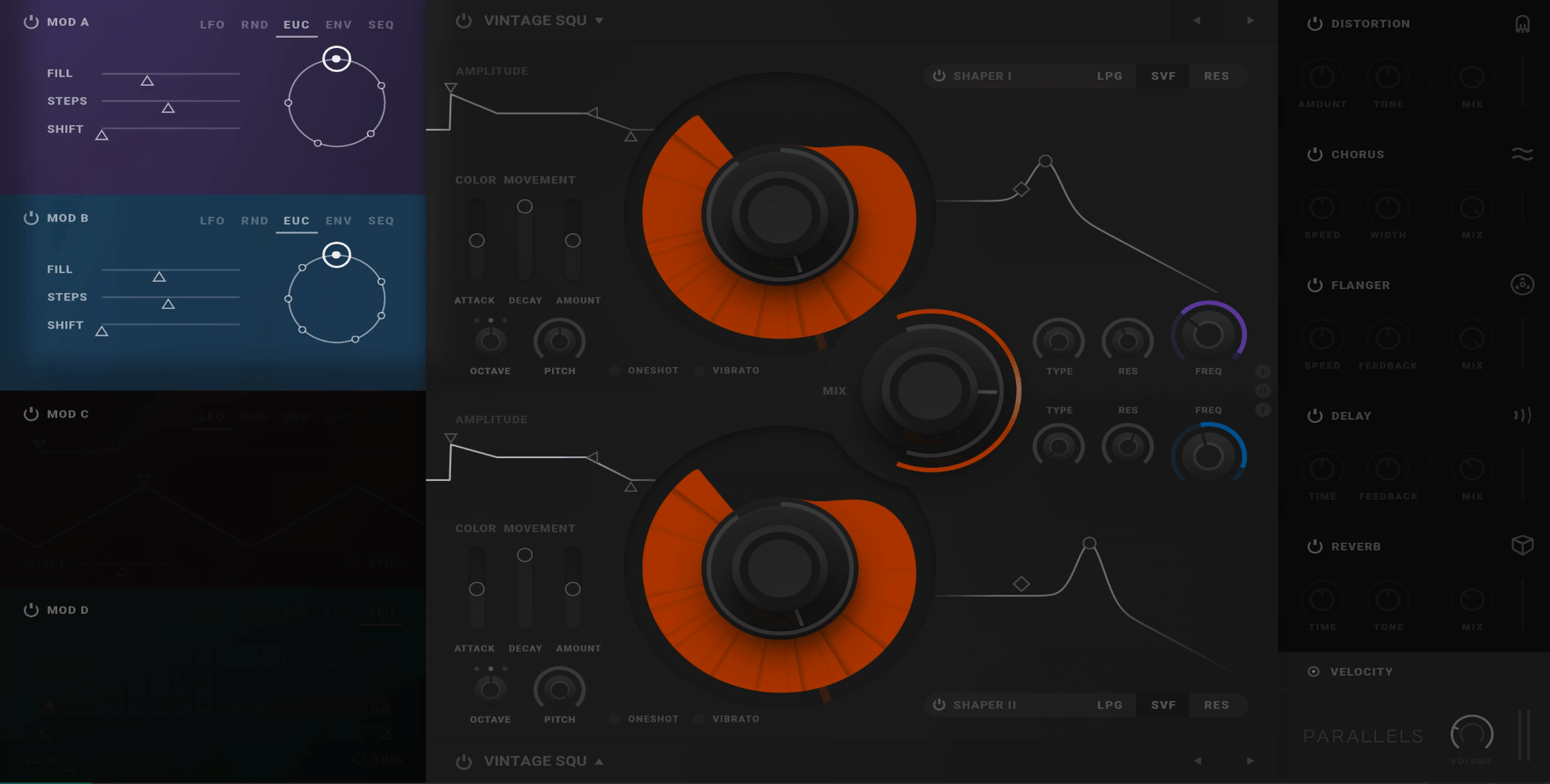Have you ever felt like math and music are interconnected?
If you have, you’re absolutely right – from frequencies to intervals, music is full of values and patterns that can be expressed and analyzed numerically. Euclidean rhythms are one of these many ideas that tie math and music closely together, drawing connections between an ancient algorithm and popular grooves from across the globe. In this article, let’s define Euclidean rhythms, explore their history, and hear them in action.
Euclid’s algorithm
Euclidean rhythms were formally discovered in 2004 by computer scientist Godried Toussaint, but their roots go way back to ~300 BC. Around this time, Greek mathematician Euclid described an algorithm in his text Elements that was absolutely revolutionary – it unlocked a systematic method for efficiently finding the greatest common divisor (GCF) of two integers (follow a step-by-step walkthrough of its application here).
What are Euclidean rhythms?
Toussaint found that Euclid’s algorithm could be translated to rhythms by using a GCF to distribute a determined number of onsets as evenly as possible across a determined number of steps. If you’re interested in digging even deeper into the details of Euclid’s algorithm and how it relates to music, Toussaint’s paper is an excellent resource. If your brain’s feeling a little fried at this point, a picture is worth a thousand words – let’s use some visuals to demonstrate what we’re talking about.
Softube’s Parallels is a synth that’s going to come in handy here, since it has a Euclidean sequence generator that allows us to design, hear, and see Euclidean rhythms via an intuitive circular visualization. As we mentioned earlier, a Euclidean rhythm needs a number of onsets that are evenly distributed across a number of steps (per measure). Let’s start with something simple – using the Euclidean sequence generator, we can distribute 4 onsets across 16 steps:

We can hear how this rhythm sounds by mapping the Euclidean sequence generator to a synth’s filter in Parallels:
The timing of each synth wobble coincides with when the revolving point makes contact with a static point on the perimeter of Parallels’ circular visualization. Admittedly, this rhythm doesn’t sound too revolutionary – because the greatest common factor between the number of onsets (4) and the number of steps (16) is exactly 4, all the algorithm had to do was place an onset once every 4 steps, which happens to be every downbeat.
Taking it a step further
However, things start to get interesting when the number of steps isn’t perfectly divisible by the number of onsets. For example, let’s keep our number of steps at 16, but change our number of onsets to 6.

Because 16 can’t be cleanly organized into groups of 6, the algorithm is forced to distribute the onsets as evenly as possible, grouping two sets of them slightly closer to one another. The result is a rhythm that’s both groovy and instinctively familiar:
Using Euclidean rhythms to create polyrhythms
If we use our second Euclidean rhythm to modulate a separate synth source and combine that with our first one, we get our very own polyrhythm – a groove that consists of two or more contrasting rhythms playing simultaneously.

Hear the polyrhythm below:
Though this polyrhythm is already fairly intricate, you can take this concept even further by layering odd or large values against each other. For example, here’s the polyrhythm that results from juxtaposing 5 onsets against 7 onsets:

Hear the polyrhythm below:
More than just numbers
Euclidean rhythms may ostensibly seem soulless or too mathematical, but in reality this couldn’t be further from the truth. What’s fascinating about Toussaint’s findings is that many salient rhythms found across cultures and history are actually naturally Euclidean – the Brazillian bossa nova is 5 onsets distributed as evenly as possible across 16 steps, Cuba’s tresillo is 3 onsets distributed as evenly as possible across 8 steps, and Turkey’s Asak rhythm is 4 onsets distributed as evenly as possible across 9 steps (check out a longer list here). This is truly a testament to how music and math are intertwined not only on a theoretical level, but also on a visceral one. There’s something in the fabric of these algorithmic patterns that moves us deeply, and that’s a pretty cool thing.
Experiment with Parallels’ Euclidean sequencer yourself with a free trial of the synth.
June 13, 2019

.svg)
.svg)




